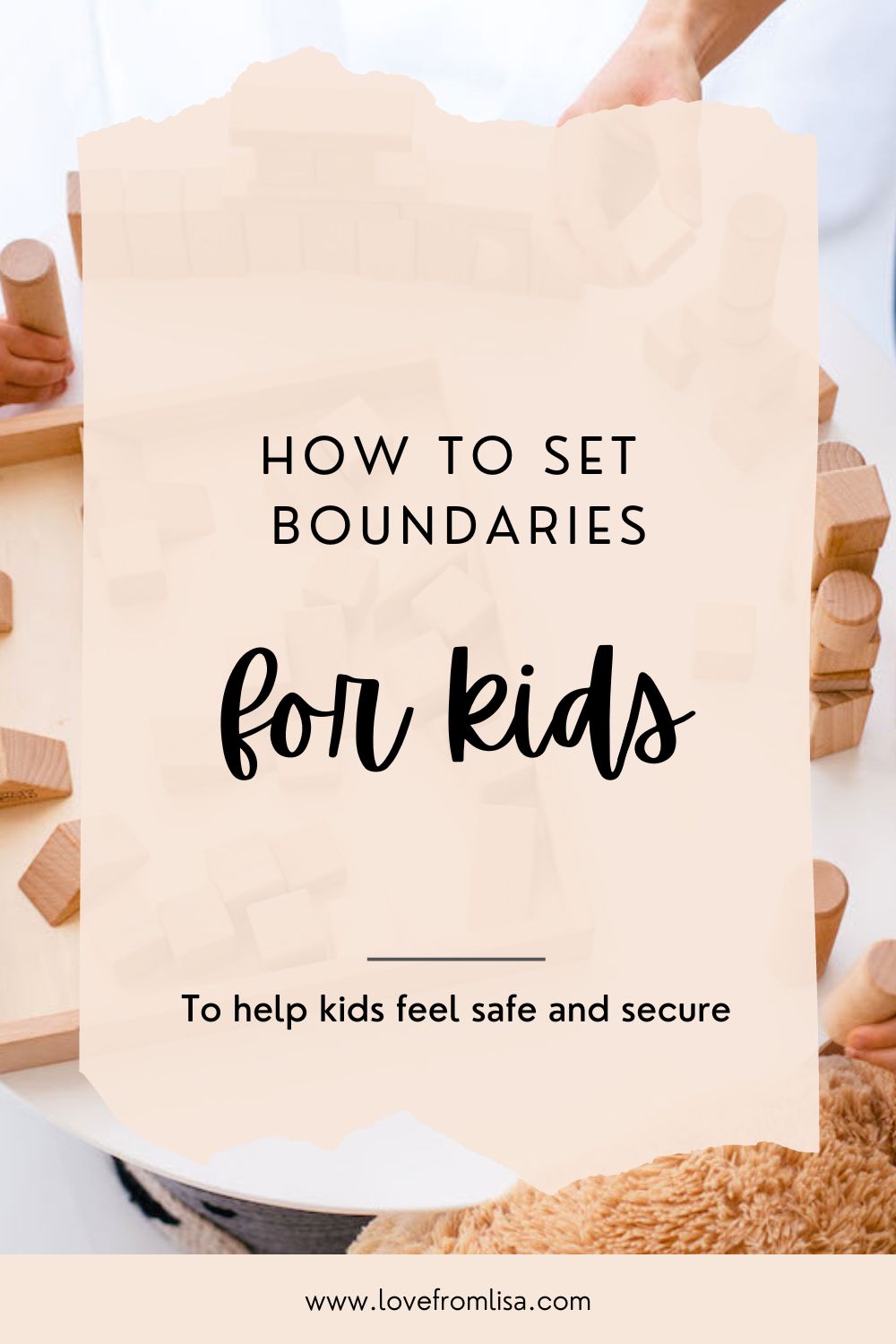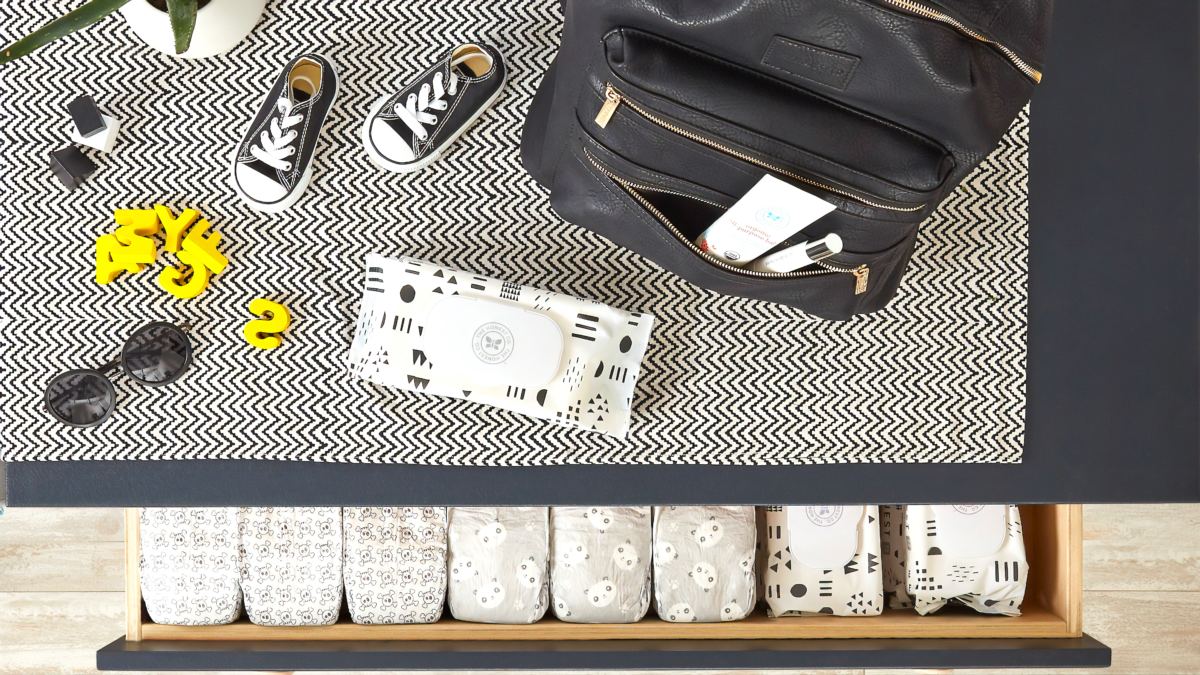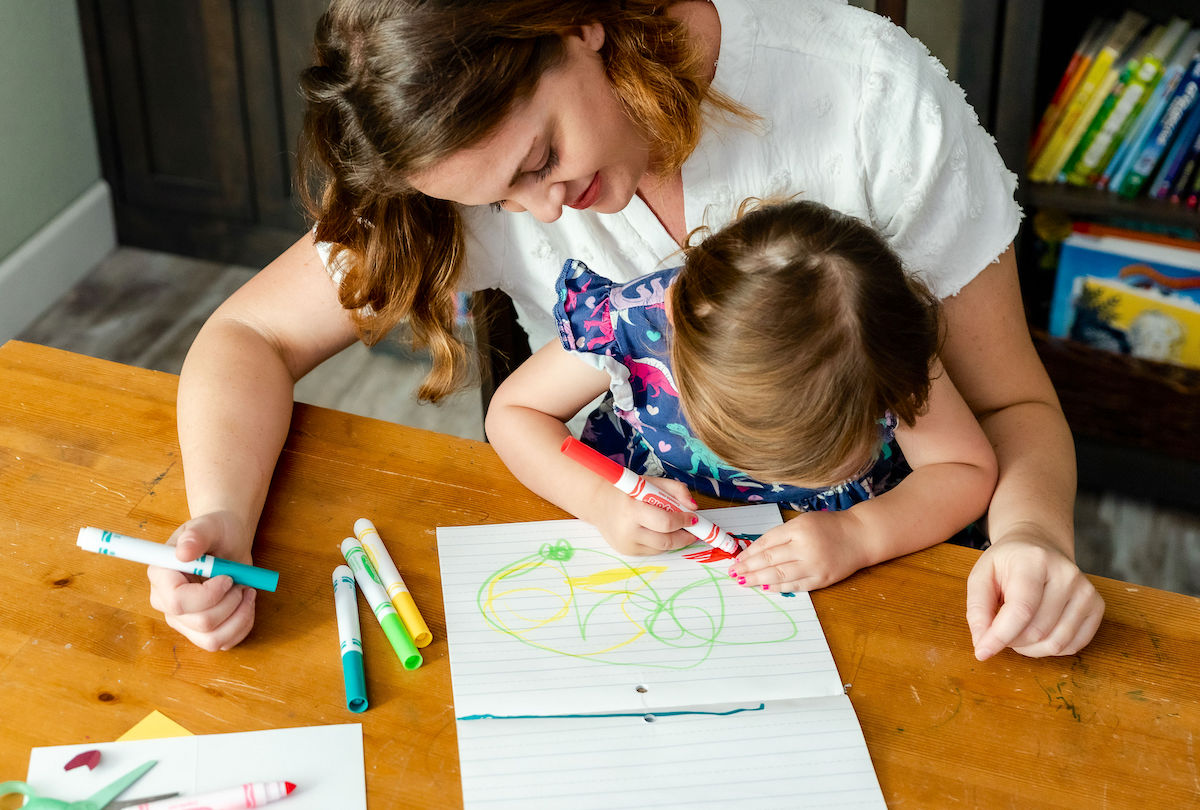How to set boundaries for kids
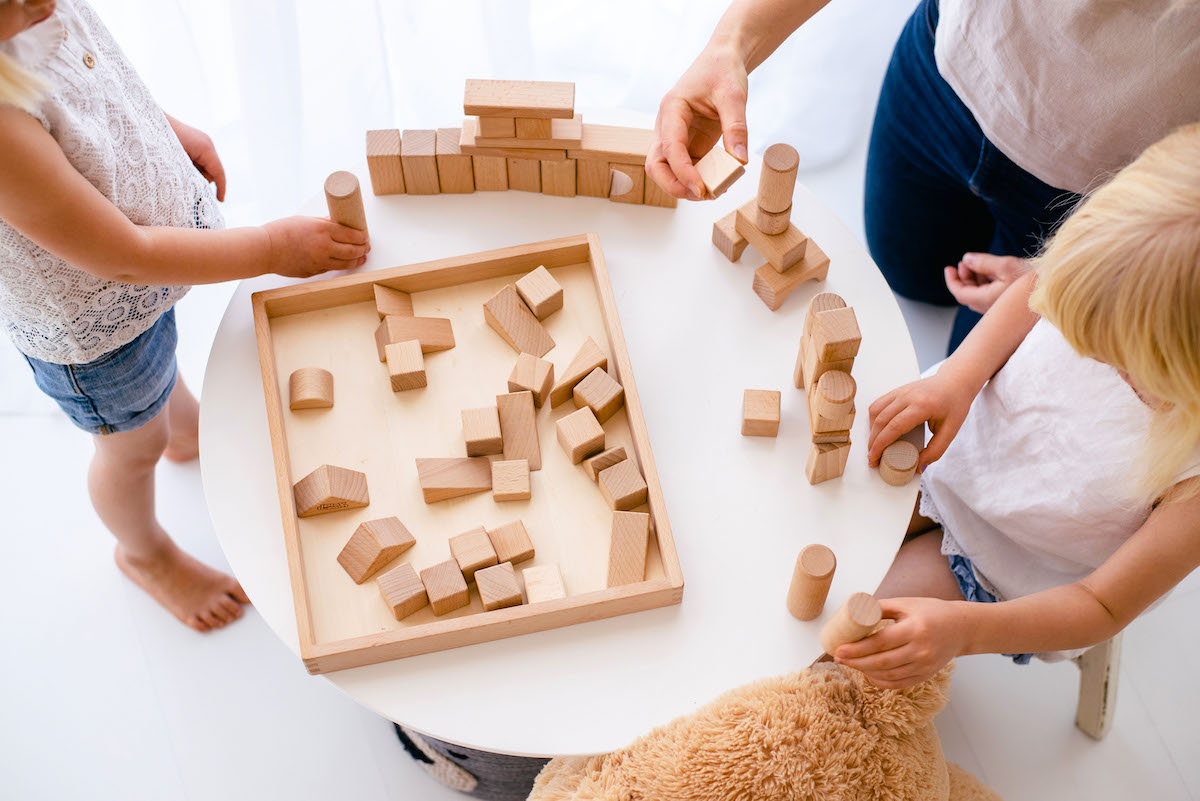
Setting boundaries for kids can be challenging, as they often push the boundaries that are set for them.
However, despite your kids best efforts to push boundaries, as parents we need to set boundaries for kids, because amongst many things, they help kids be more independent, and help them to make better decisions in adulthood.
If setting boundaries is something you’d like to learn more about, here’s some information on what boundary setting is, why kids need boundaries, some boundary examples, and details on how to set them.
What is boundary setting?
Setting boundaries for kids means setting kids guidelines, or rules, that define what is, and what isn’t acceptable.
Why do kids need boundaries?
As well as helping children to understand what’s acceptable, and what’s not acceptable, boundaries also provide children with knowledge on what to expect in certain situations, or how to interact with others.
They also teach children about consequences, because they learn what happens when a boundary isn’t met.
Boundary examples
Here are some examples of boundaries parents can set:
- Respecting people’s personal space
- Appropriate physical contact
- Treating people with kindness
- Words that can and can’t be used
- Screen time limits
- Boundaries around morning routines
- Times snacks can be eaten
- Meal time behaviour
- Household chore expectations
- How to spend quiet time
So, if you’d like to set a boundary around screen time limits, your boundary may be:
You can have screen time for 30 minutes after school each weekday; after the 30 minutes has finished the screens go away until the next day.
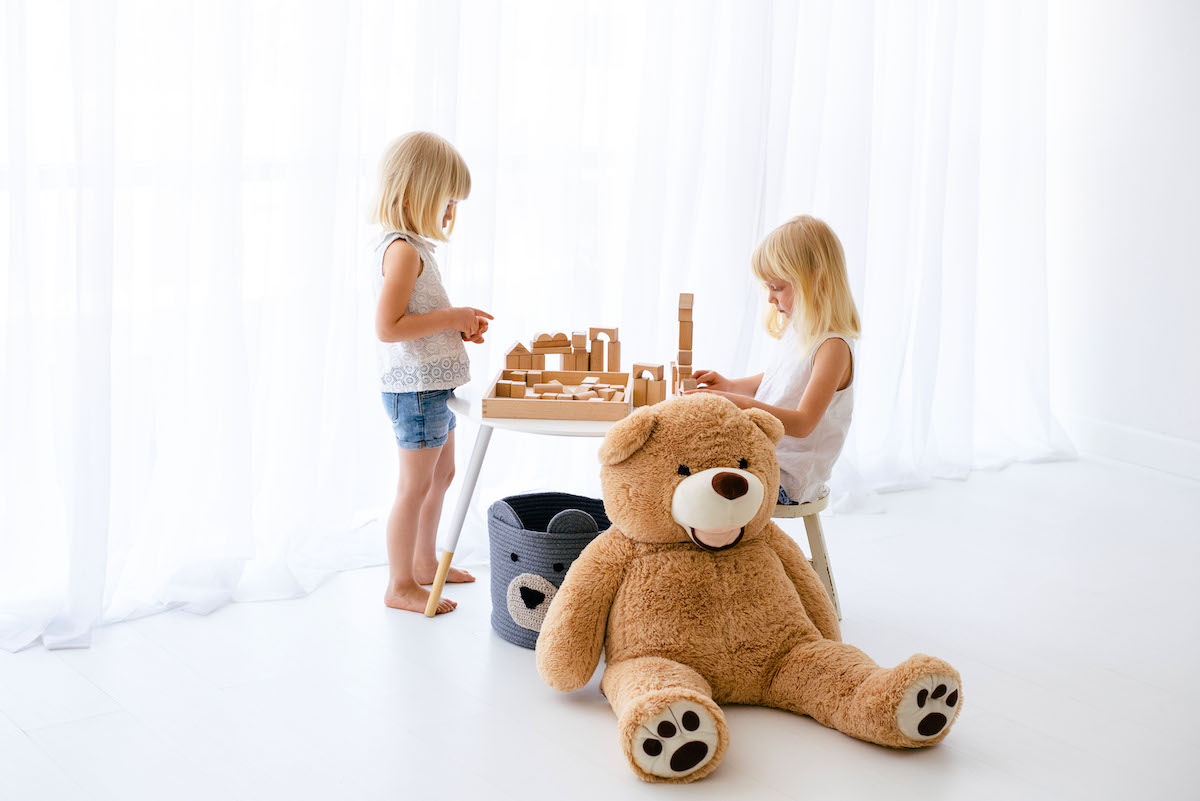
How to set boundaries for kids
If you’d like to set boundaries for your kids, here are some tips you may like to try.
Don’t turn boundaries into punishments
Boundaries aren’t punishments; they’re not something that should be used to control your child.
Instead, boundaries guide your children towards making good choices, and help them to understand the world around them.
If you set boundaries that act as punishments, or that control your children in any way, power struggles between you and your children will happen, which can lead to resentment.
Make it a collaborative activity
Letting your kids have a say on what some of their boundaries should be gives them ownership over them, which increases the chances of them following the boundary.
Keep explanations simple
Explaining in detail why a boundary has been set, or what happens when a boundary isn’t followed, won’t be well received by your child, especially younger children who can’t fully listen, or absorb large amounts of detail.
When explaining boundaries make things really simple, for example “if you don’t go to bed now, there won’t be time for a bedtime story”.
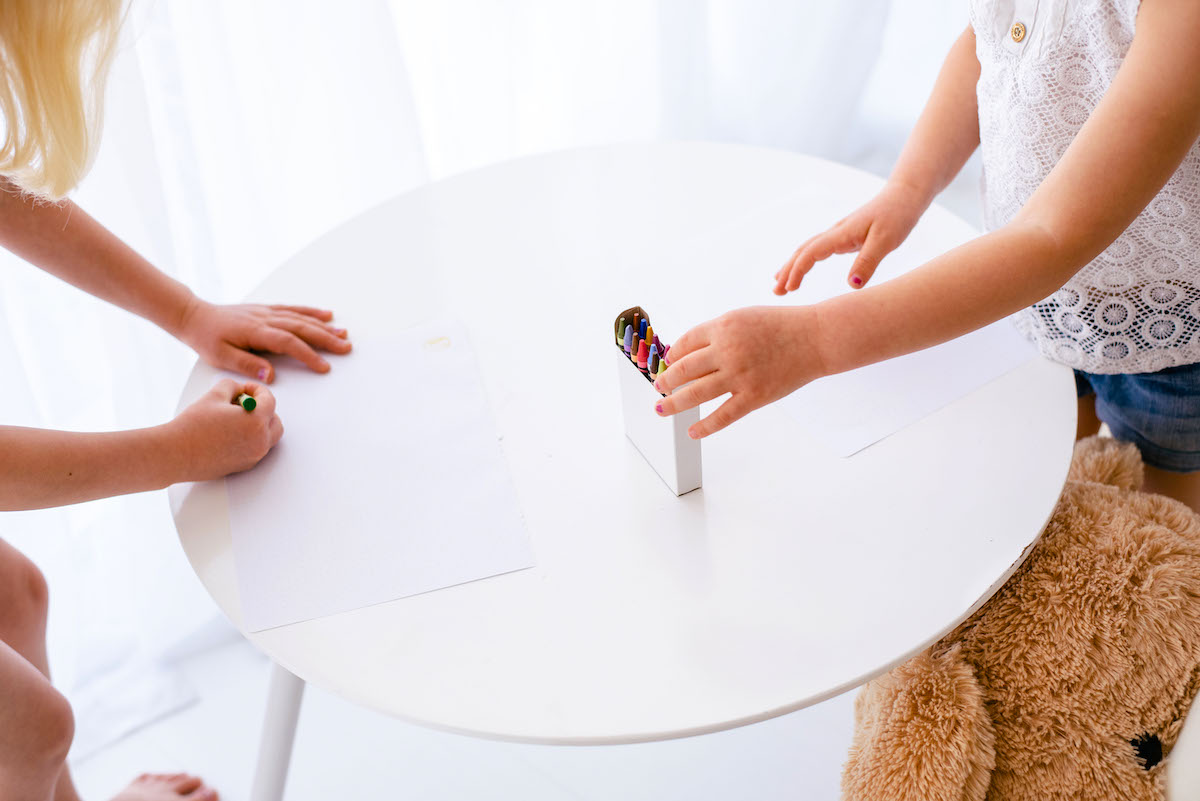
Make them age appropriate
The boundaries you set for your children will change as they get older, so it’s important to set them according to the age of your child.
For example, setting a boundary about crossing roads will be different for a 2 year old, compared to a 10 year old.
For the 2 year old your boundary may be “you need to hold my hand when we cross the road.”
Your boundary for your 10 year old may be “you can only cross a road at a crossing.”
Be consistent
If you’ve set a boundary, you need to be consistent in enforcing it.
For example, if your boundary is no snacks before dinner, you need to ensure that you don’t let your kids have snacks before dinner.
If you’re not consistent and they’re suddenly allowed snacks on certain days, they’ll learn that rules don’t mean much, and don’t need to be followed.
Praise good behaviour
Praising good behaviour by telling your children how proud you are when they have followed a boundary, encourages them to continue doing it, and will help you to implement new boundaries in the future.
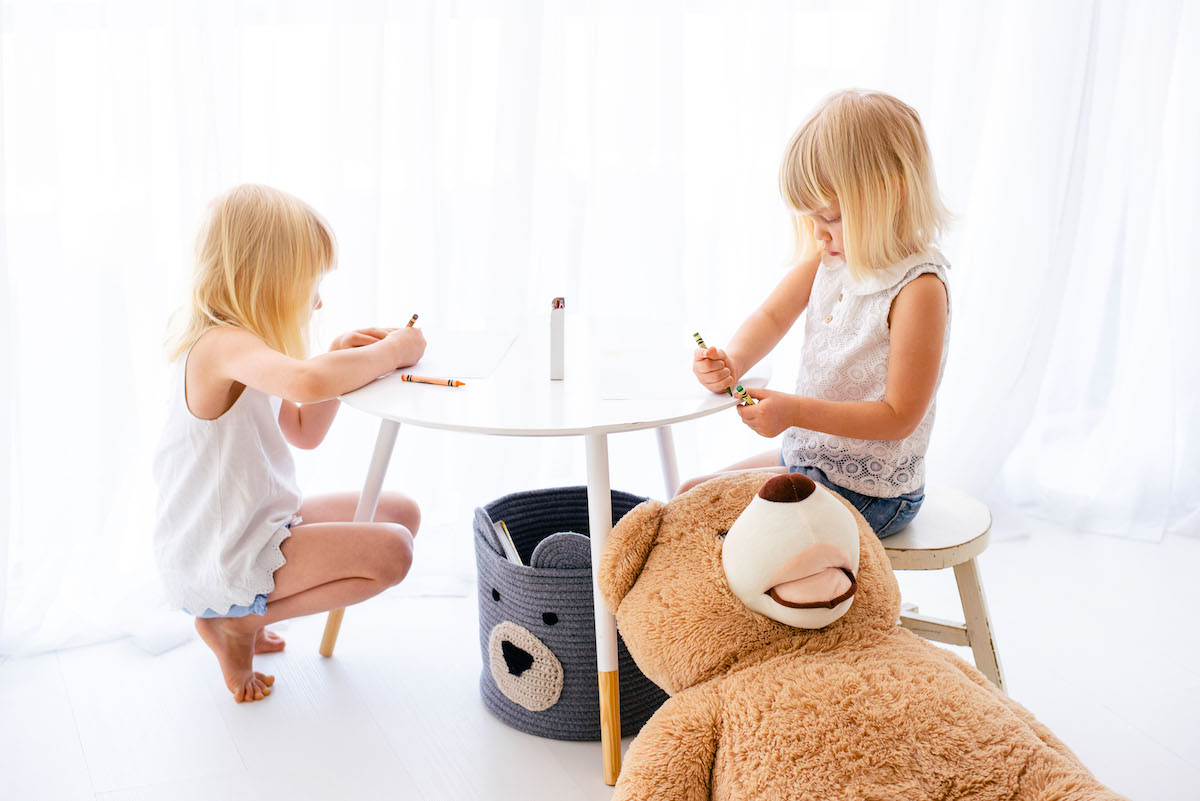
Follow through on consequences
If a boundary hasn’t been met, don’t be afraid to follow through on any consequences that have happened as a result.
Be patient
Just like many other things parenting related, be patient when it comes to setting boundaries.
It may take your child a few reminders before they remember a boundary, or even a few consequences before they realise how important the boundary is.
Conclusion
Setting boundaries for kids is not about punishment or control, it’s about helping kids understand what’s acceptable, and what’s not acceptable.
There are many different types of boundaries that you can set for your kids, from respecting personal space, how to treat others, screen time limits, and how to function within a family.
There are a few things that you can do when setting boundaries for your kids that can help to make the process successful.
This includes making sure a boundary isn’t a punishment, or controls your children in anyway.
You can also make boundary setting an activity that your kids help with, keep details about consequences simple, and make boundaries age appropriate.
Being consistent with boundaries teaches your children that rules matter, and if they are praised, children will more likely keep doing them.
If a boundary has been crossed, don’t be afraid to follow through on consequences, and have patience when it comes to boundary setting, it may take some kids time to adjust to them.
What boundaries would you like to set for your kids?
